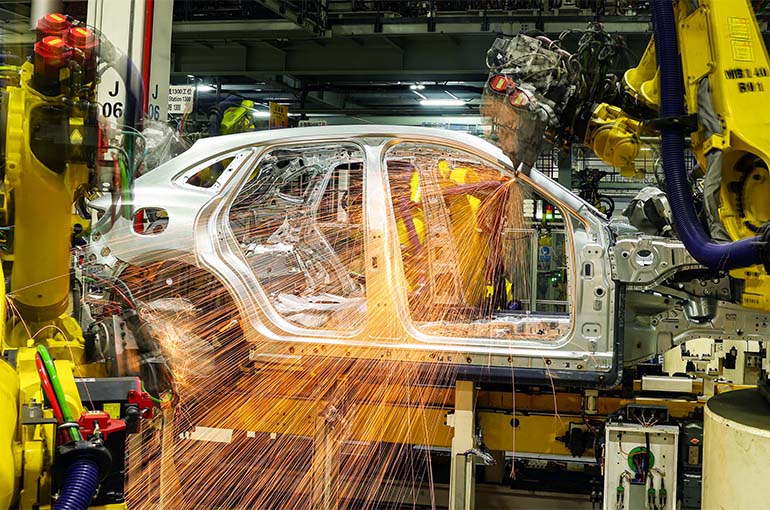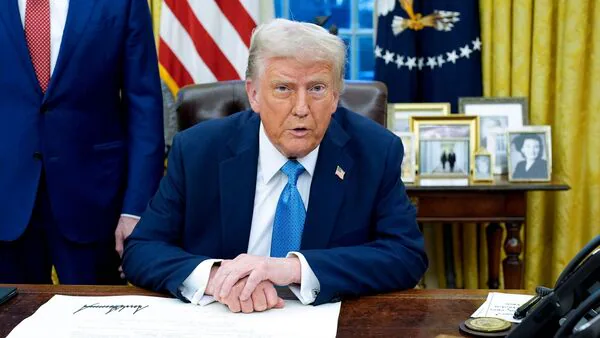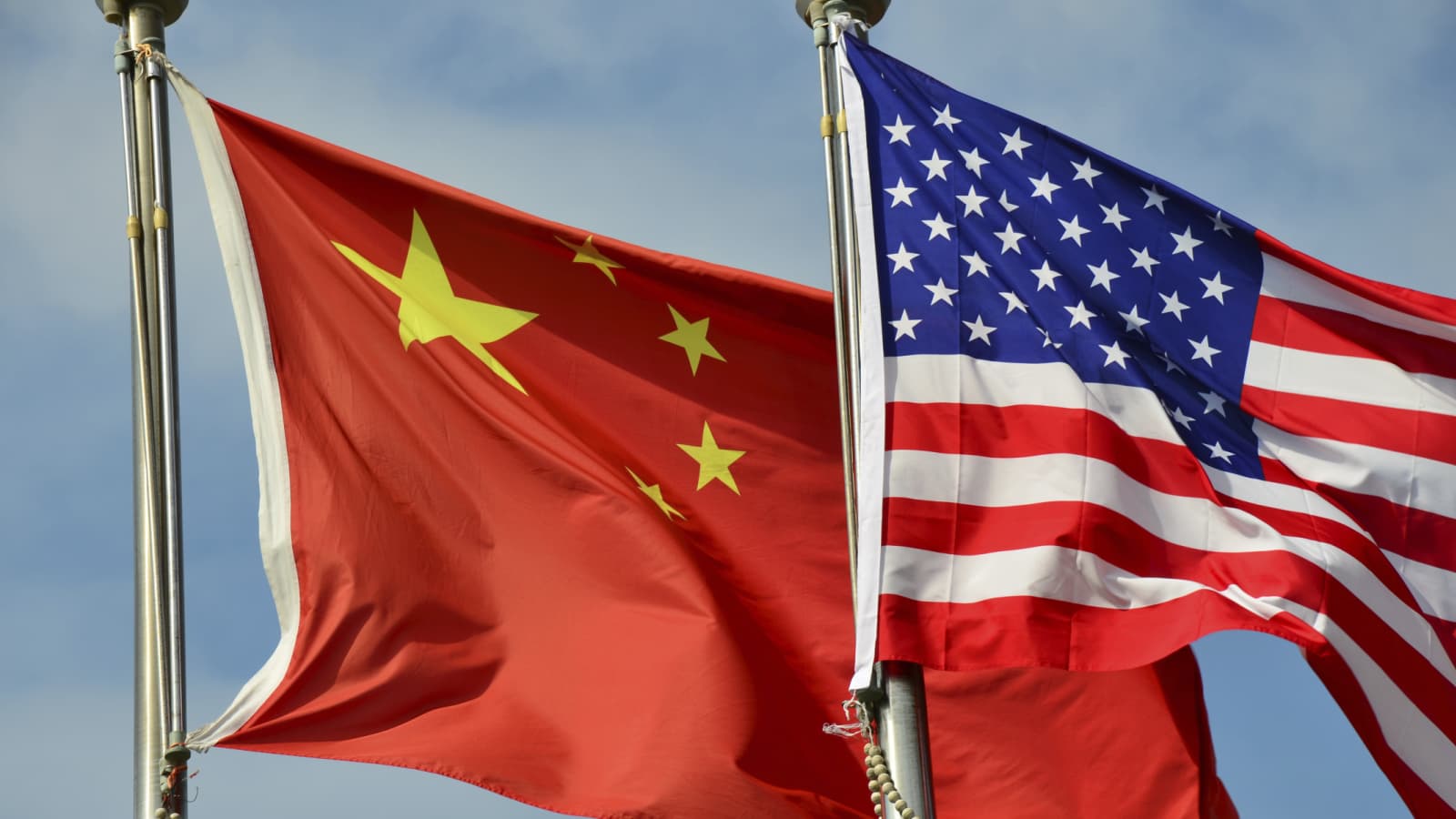As Beijing struggles to maintain the recovery in the second-largest economy in the world, official statistics released Monday indicated that China’s manufacturing activity decreased in January for the first time in four months.
A post-pandemic depression caused by a property sector crisis, poor consumer spending, and a large national debt has been difficult for policymakers to change.
According to the National Bureau of Statistics (NBS), the Purchasing Managers’ Index (PMI), a crucial indicator of industrial activity, fell to 49.1 in January, falling short of the 50-point threshold that distinguishes growth from contraction.
After finishing a six-month slide in October, the reading was down from 50.1 in December, which marked its third consecutive month in positive territory.
NBS statistician Zhao Qinghe attributed January’s decline to “the concentrated return of business employees to their hometowns and the approaching Lunar New Year holiday.”
In the lead-up to the eight-day public vacation from January 28 to February 4, Zhao noted, both demand and output decreased.
In a report, Zhiwei Zhang, president and chief economist at Pinpoint Asset Management, stated that the economy had “unexpectedly slowed in both manufacturing and service sectors ahead of the Chinese New Year.”
The new export orders index fell to its lowest level since March of last year, suggesting that a portion of the slowdown may be caused by weakened external demand, Zhang added.
In recent months, Beijing has announced a number of strong policies to spur growth, such as lowering borrowing rates, lifting home-buying restrictions, and relieving local governments of some of their debt.
However, experts have cautioned that in order to effectively revive the economy, which has had difficulty recovering since the COVID-19 outbreak, more direct fiscal stimulus targeted at bolstering domestic demand is required.




